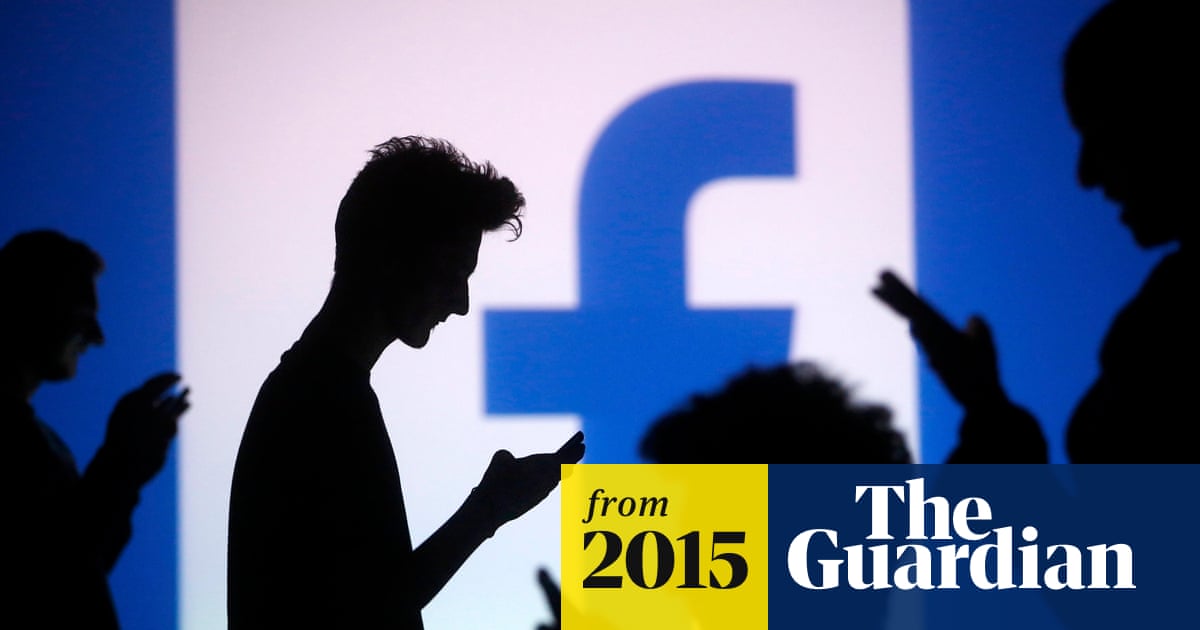The 'you can turn it off' argument is moot:
- Even after turning off on-line search results and Cortana, the search box entries are still send to Microsoft. You have to manually block traffic in the outgoing search firewall rule to stop this. That's very odd behaviour.
- I can change my privacy settings accordingly, but Microsoft has the tendency to provide updates that will show a dialogue box with deceiving questions, that will ask to enable 'recommended settings', which will reset your privacy settings to something very different that what I intended.
- you, as an end customer, cannot turn of 'telemetry data' or whatever that's supposed to be. The EULA is worded in an ambiguous way, where Microsoft can decide to include things as they desire. If this is so harmless, then why do only Enterprise customers get the ability to turn it off?
I'm not comfortable with a company exhibiting this type of behaviour, knowing that they have a strong wish to monetize their customers OS usage data starting at Windows 10. (and now seemingly being backported to Windows 7/8, when customer agree to the Windows 10 EULA before they actually perform the upgrade).
With services such as email, search, social networks, etc. I at least have the option of using a service that monetizes my private data or not. Guess what? I do not use Facebook, Twitter, LinkedIn, Gmail, etc. Why should I be so accepting Microsoft data-mining my OS usage?
Right now, people using software and services are frogs in a large pan. Companies turn up their privacy invading behaviour one degree at a time, hoping that nobody will notice. Sometimes they mis-judge, and then you get a backlash. This is what's going on with Windows 10 right now. Saying they're wrong at being upset, is akin to telling customers that they're holding their phone 'the wrong way' when they have reception issues.
- Even after turning off on-line search results and Cortana, the search box entries are still send to Microsoft. You have to manually block traffic in the outgoing search firewall rule to stop this. That's very odd behaviour.
- I can change my privacy settings accordingly, but Microsoft has the tendency to provide updates that will show a dialogue box with deceiving questions, that will ask to enable 'recommended settings', which will reset your privacy settings to something very different that what I intended.
- you, as an end customer, cannot turn of 'telemetry data' or whatever that's supposed to be. The EULA is worded in an ambiguous way, where Microsoft can decide to include things as they desire. If this is so harmless, then why do only Enterprise customers get the ability to turn it off?
I'm not comfortable with a company exhibiting this type of behaviour, knowing that they have a strong wish to monetize their customers OS usage data starting at Windows 10. (and now seemingly being backported to Windows 7/8, when customer agree to the Windows 10 EULA before they actually perform the upgrade).
With services such as email, search, social networks, etc. I at least have the option of using a service that monetizes my private data or not. Guess what? I do not use Facebook, Twitter, LinkedIn, Gmail, etc. Why should I be so accepting Microsoft data-mining my OS usage?
Right now, people using software and services are frogs in a large pan. Companies turn up their privacy invading behaviour one degree at a time, hoping that nobody will notice. Sometimes they mis-judge, and then you get a backlash. This is what's going on with Windows 10 right now. Saying they're wrong at being upset, is akin to telling customers that they're holding their phone 'the wrong way' when they have reception issues.



Comment